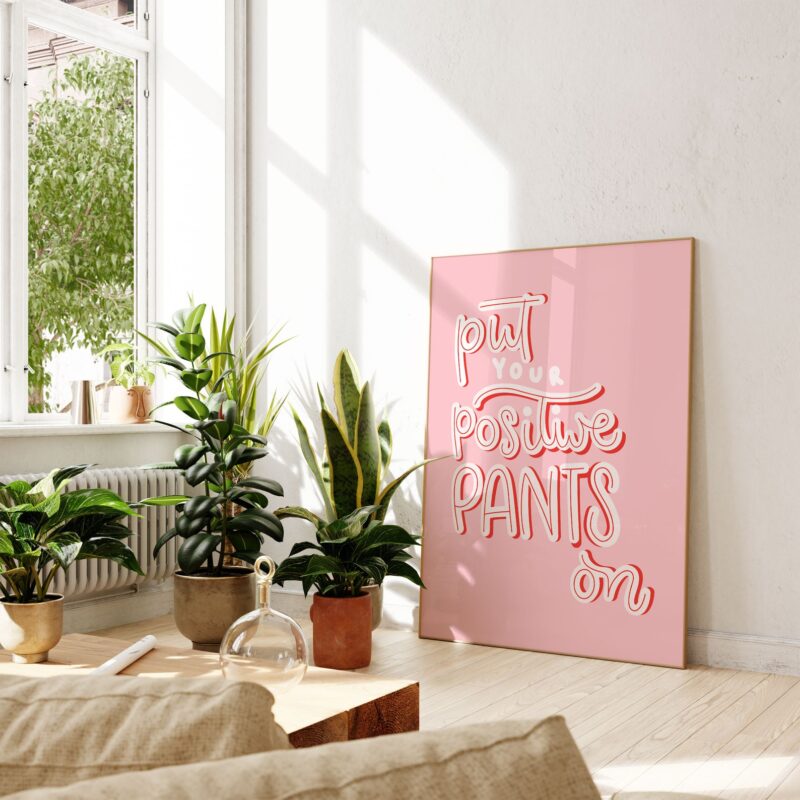Home Decor
Transform Your Space and Life
Minimalism in home decor is more than just an aesthetic choice—it’s a lifestyle that emphasizes simplicity, order, and tranquility. Adopting a minimalist approach to your living space can lead to a more peaceful environment, reducing stress and clutter while emphasizing quality over quantity. This extensive guide explores the principles of minimalist design, offers practical tips on how to declutter and simplify your home, and provides insights on how minimalism can enhance your overall well-being.
Understanding Minimalism
What is Minimalist Design?
Minimalist design is characterized by simplicity, clean lines, and a monochromatic color palette complemented by the strategic use of textures and the thoughtful placement of essential elements. This design philosophy is rooted in the idea that by stripping away the non-essential, we can focus more on quality and functionality.
The Benefits of Minimalist Living
- Clarity of Mind: Fewer items in your space can help reduce distractions, allowing for clearer thinking and focus.
- Ease of Maintenance: Minimalist spaces are easier to clean due to fewer objects and simpler surfaces.
- Enhanced Aesthetics: Minimalism can highlight architectural details and improve the overall aesthetics of your home by emphasizing space rather than objects.
- Cost Efficiency: Buying fewer but higher-quality items can lead to long-term savings, reducing the need for frequent replacements.
Principles of Minimalist Design
1. Reduce Clutter:
The first step in embracing minimalism is to declutter. Go through your belongings and keep only those that serve a purpose or bring you joy. This process not only helps in reducing the amount of stuff in your home but also in identifying what is truly important to you.
2. Functionality is Key:
Every item in a minimalist home should serve a function. When choosing furniture or decor, think about its practicality. Opt for pieces that are both functional and stylish.
3. Quality Over Quantity:
Invest in high-quality items that will last, rather than cheaper, disposable pieces. This might mean spending more upfront, but you’ll save money and reduce waste in the long run.
4. Keep Surfaces Clear:
Avoid excessive decorations. Keep tabletops and other surfaces clean and uncluttered. This creates a sense of space and tranquility.
5. Use of Negative Space:
Negative space is a crucial element of minimalist design. The space you don’t use can define the look of a room just as much as the areas you do fill. Embrace open spaces between pieces of furniture and on walls.
6. Monochromatic Color Scheme:
Stick to a monochromatic or neutral color palette. This doesn’t mean your home should lack color, but rather that colors should harmonize into a cohesive and soothing palette.
Practical Tips for Achieving a Minimalist Home
Declutter Regularly:
Make it a habit to regularly assess your possessions and decide what needs to stay and what can go. This ongoing process is key to maintaining a minimalist home.
Choose Multi-Functional Furniture:
Opt for furniture that can serve multiple purposes. For example, choose beds with storage underneath, or nesting tables that can be tucked away when not needed.
Emphasize Vertical Space:
Use walls for storage to keep your floor space clear. Floating shelves or tall, slim cabinets are great for storing essentials without taking up much space.
Limit Decorative Items:
Choose a few key decorative items carefully. A single large artwork or a statement light fixture can define a room more effectively than many smaller items.
Digital Minimalism:
Don’t forget about digital clutter. Regularly organize digital files, unsubscribe from unnecessary emails, and declutter your digital devices to extend minimalist principles to your digital life.
The Impact of Minimalism on Well-being
Embracing minimalism can significantly impact your mental health and overall well-being. A clutter-free environment can reduce anxiety and stress, making your home a sanctuary of peace and relaxation. Additionally, minimalist living can lead to more free time and resources, allowing you to focus more on hobbies, relationships, and personal growth.
Conclusion
Adopting a minimalist approach to home decor is not just about having fewer things; it’s about having more of what matters. Minimalism can free you from the unnecessary, allowing you to appreciate the beauty of simplicity and function. By following the principles outlined in this guide, you can transform not only your space but also your life, making it more intentional and fulfilling.



